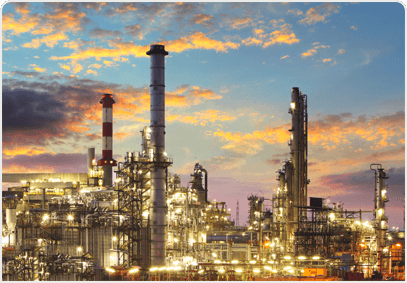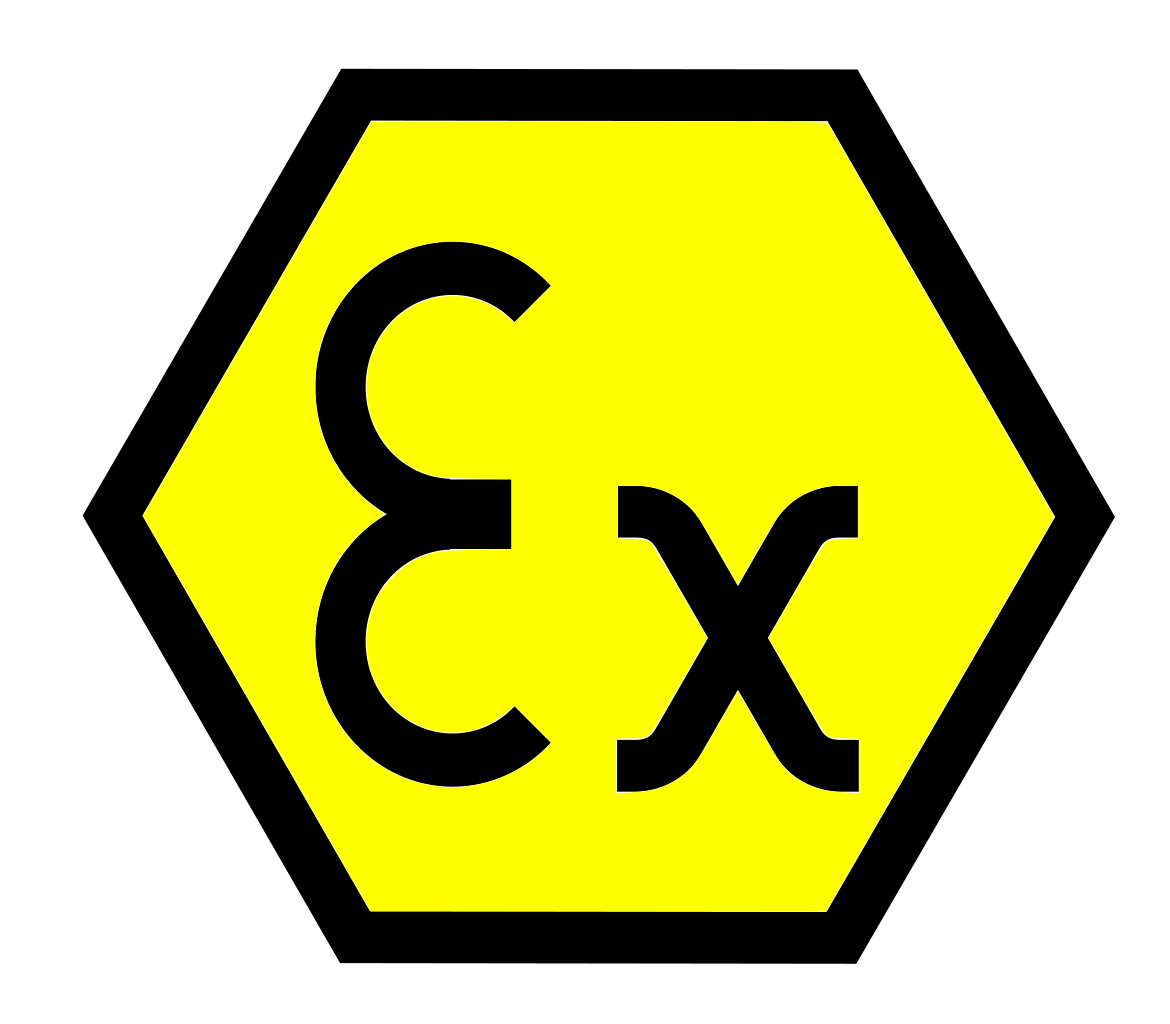All About Roar Solutions
All About Roar Solutions
Blog Article
The Of Roar Solutions
Table of ContentsRoar Solutions Fundamentals ExplainedSome Ideas on Roar Solutions You Should KnowThe 7-Second Trick For Roar Solutions
In order to safeguard installations from a prospective explosion an approach of evaluating and categorizing a possibly unsafe location is called for. The purpose of this is to make sure the appropriate option and setup of devices to ultimately avoid a surge and to ensure security of life.
(https://www.indiegogo.com/individuals/38463782)
No tools must be mounted where the surface area temperature of the tools is higher than the ignition temperature of the provided risk. Below are some common dirt harmful and their minimum ignition temperature. Coal Dirt 380C 225C Polythene 420C (thaws) Methyl Cellulose 420C 320C Starch 460C 435C Flour 490C 340C Sugar 490C 460C Grain Dirt 510C 300C Phenolic Resin 530C > 450C Aluminium 590C > 450C PVC 700C > 450C Soot 810C 570C The possibility of the hazard being present in a concentration high enough to cause an ignition will vary from place to place.
In order to classify this risk a setup is split right into locations of risk depending upon the quantity of time the dangerous is existing. These areas are described as Areas. For gases and vapours and dirts and fibers there are 3 zones. Area 0 Area 20 A hazardous atmosphere is highly most likely to be existing and might be present for long durations of time (> 1000 hours per year) and even continually Area 1 Area 21 An unsafe environment is feasible but not likely to be existing for extended periods of time (> 10 450 C [842 F] A category of T6 implies the minimal ignition temperature is > 85 C [185 F] Dangerous location electrical devices maybe developed for usage in greater ambient temperatures. This would certainly indicated on the ranking plate e.g. EExe II C T3 Ta + 60C( This suggests at 60C ambient T3 will certainly not be exceeded) T1 T1, T2, T3, T4, T5, T6 T2 T2, T3, T4, T5, T6 T3 T3, T4, T5, T6 T4 T4, T5, T6 T5 T5, T6 T6 T6 A T Course score of T1 indicates the optimum surface area temperature generated by the instrument at 40 C is 450 C. Thinking the associated T Course and Temperature level score for the devices are ideal for the location, you can constantly use an instrument with an extra stringent Department ranking than needed for the area. There isn't a clear solution to this concern sadly. It really does rely on the kind of equipment and what repair services require to be executed. Devices with certain test treatments that can not be executed in the area in order to achieve/maintain 3rd party rating. Need to return to the factory if it is before the devices's service. Area Fixing By Authorised Worker: Challenging testing might not be required however details procedures might need to be complied with in order for the devices to maintain its 3rd event score. Authorised personnel should be utilized to perform the work appropriately Repair have to be a like for like replacement. New part have to be taken into consideration as a straight substitute calling for no special screening of the devices after the fixing is full. Each piece of devices with a harmful score must be assessed independently. These are laid out at a high level listed below, however for even more in-depth details, please refer straight my link to the guidelines.
Our Roar Solutions Diaries
The equipment register is a thorough database of devices records that includes a minimum collection of fields to recognize each product's area, technological criteria, Ex lover category, age, and ecological information. The ratio of Thorough to Shut assessments will certainly be established by the Equipment Risk, which is examined based on ignition risk (the chance of a source of ignition versus the possibility of a combustible environment )and the unsafe location category
( Zone 0, 1, or 2). Carrying out a durable Risk-Based Assessment( RBI )strategy is essential for ensuring conformity and security in taking care of Electric Devices in Hazardous Areas( EEHA).
How Roar Solutions can Save You Time, Stress, and Money.

In regards to eruptive risk, a dangerous area is an environment in which an explosive ambience exists (or may be expected to be existing) in amounts that call for unique preventative measures for the building, installation and use of equipment. high voltage courses. In this post we check out the challenges dealt with in the work environment, the threat control actions, and the required proficiencies to work safely
These substances can, in certain problems, create explosive environments and these can have significant and awful repercussions. Many of us are familiar with the fire triangle eliminate any kind of one of the three elements and the fire can not happen, yet what does this mean in the context of hazardous locations?
In the majority of instances, we can do little regarding the degrees of oxygen airborne, but we can have substantial impact on sources of ignition, as an example electric equipment. Hazardous locations are recorded on the unsafe area category illustration and are identified on-site by the triangular "EX LOVER" indication. Here, among other essential details, areas are split into 3 types depending on the risk, the likelihood and duration that an explosive ambience will exist; Zone 0 or 20 is regarded one of the most dangerous and Area 2 or 22 is regarded the least.
Report this page